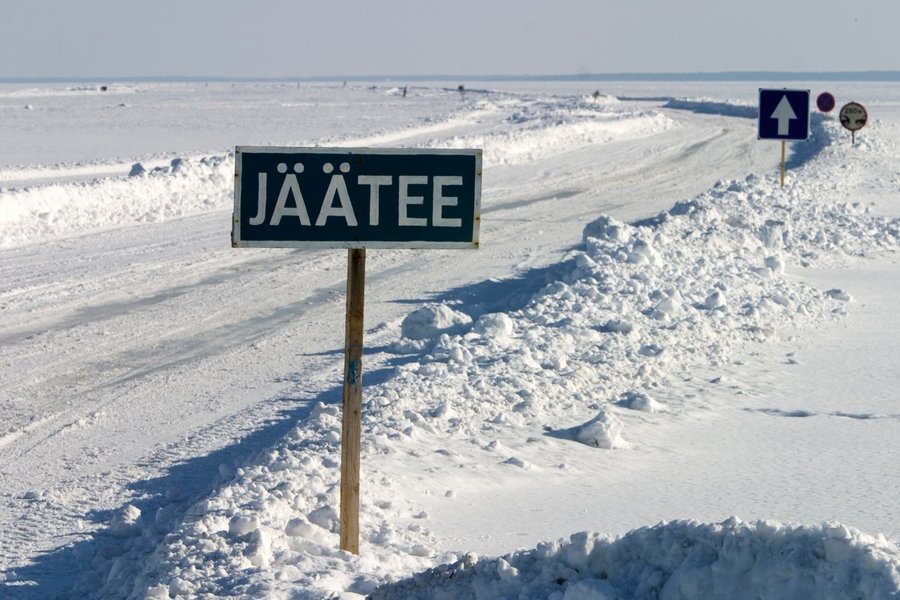The necessary conditions for ice roads have been met for the first time in many years, but the creation of roads over the sea ice to the islands of Saaremaa and Hiiumaa are not likely, Transport Administration official Hannes Vaidla.
Vaidla, the administration's head of western road maintenance, told ETV's morning show "Terevisioon" that there is not much reason to create a route between the mainland and Saaremaa and Hiiumaa as the economic effect is minimal."The experience of routes between the mainland and large islands show that once surveys have not begun by January 25, there is [[[[[[[[[[[[[[[[[[[[[[[[[[[[[[[[[[[[[[[[[[[[[[[[23]]]]]]]]]]]]]]]]]]]]]]]]]]]]]]]]]]]]]]]]]]]]]]]] route," he added.
Vaidla said it is reasonable to leave the two routes to the larger islands, instead focusing on the remaining five routes in Estonia. The latest winter to have all seven routes open - one to Noarootsi and six to different islands - was in 2011.
He noted that the thickness of ice is different very different currently, growing faster on freshwater bodies, therefore leaving hope that a route could be developed between the mainland and Piirissaar on Lake Peipsi and another between the Haapsalu and Noarootsi parish.
"We are prepared, contractors are found, we are doing research," Vaidla confirmed.
The development of an ice route requires the ice to be at least 24 cm in thickness with no cracks, the current thickness is 20 cm on average. The thick snow also hinders the development of ice, as water below it remains warm. "It also depends on the depth of the body of water. The best minus temperatures for ice are between 10 and 15," Vaidla noted.
"We need at least two weeks of lower than -10 C, then we can start building," he noted. Still, the ice is never 100 percent even and the differences in thickness must be considered along with possible cracks.
The situation regarding ice roads in early-2020 saw routes opened and closed in the matter of hours as sufficient conditions were few and far inbetween.
Source: ERR
